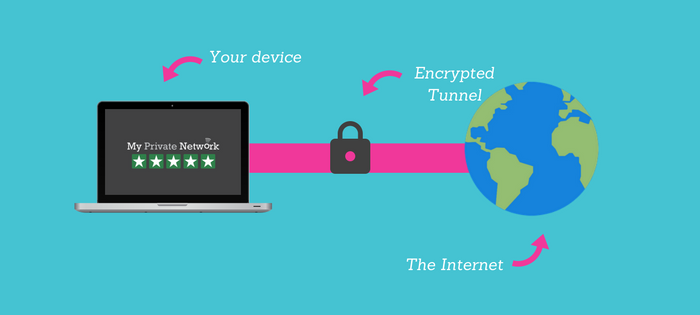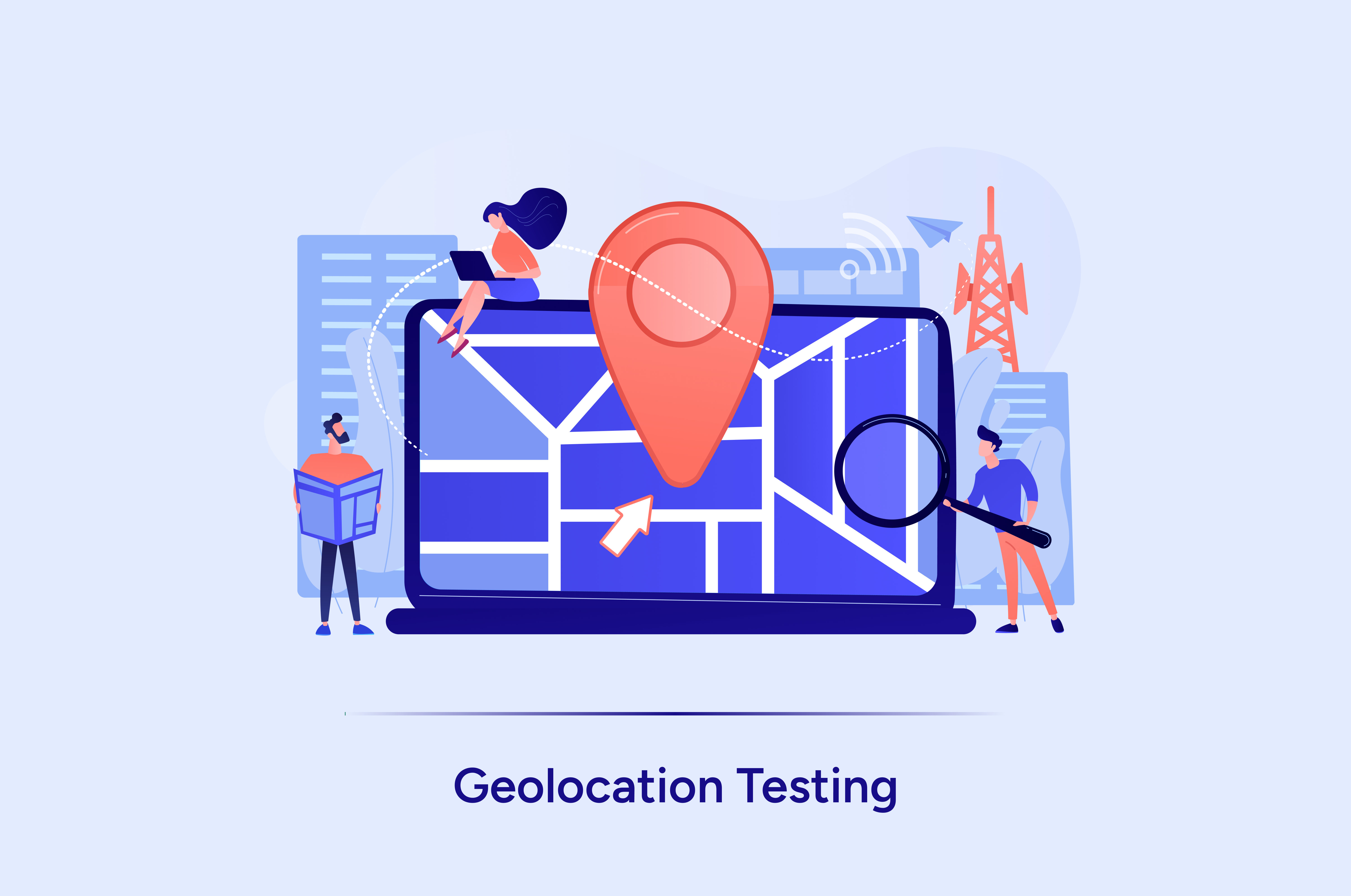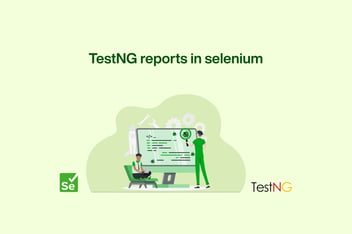In today's interconnected world of customers from different regions with varying likes, geolocation plays a vital role in various applications and services around the globe. From navigation and ride-sharing apps to e-commerce platforms and social media, geolocation provides valuable information to enhance user experiences to its best.
However, ensuring the accuracy and reliability of geolocation features requires thorough testing and the scope of this should be clearly specified. In this blog post, we will excavate into the world of geolocation testing and explore essential techniques and best practices to ensure optimal performance.
Geolocation testing simply means the testing of an application for various geographical locations. The world’s boundaries are more than just lines drawn around them. A lot of things remain the same while a lot of things change too. There might be a scenario where an application depends completely on a global location. For all such scenarios to be executed properly, geolocation testing becomes important. When a food delivery application displays restaurants located hundreds of miles away, it can lead to negative reviews and a decline in revenue.
Understanding Geolocation Testing
Geolocation testing involves verifying the accuracy, precision, and functionality of location-based features within software applications. It encompasses testing location-based services, geocoding, reverse geocoding, geofencing, GPS tracking, and more. Geolocation testing ensures that applications deliver accurate results, provide seamless user experiences, and handle diverse scenarios effectively.
Test Environment Setup
To begin geolocation testing, establish a suitable test environment. This may involve using real devices, emulators, or simulators depending on the nature of the application. Ensure that the test environment allows for the manipulation of GPS coordinates, simulating different locations, and emulating various network conditions to replicate real-world scenarios accurately.
Geolocation Accuracy
One of the primary goals of geolocation testing is to assess the accuracy of location-based features. Test the application's ability to pinpoint the user's location by comparing it with known landmarks or coordinates. Evaluate how accurately the application responds to changes in location, both indoors and outdoors. Consider different scenarios such as urban environments, remote areas, and regions with weak GPS signals.

Conclusion
Geolocation testing is now considered equally important as other types of testing due to its crucial role in ensuring an application's usability and effectiveness. It is essential for an application to communicate with users in their preferred language, cater to their preferences, and comply with regional laws. Additionally, the application can deliver the most relevant results to users through geolocation testing. We often rely on geolocation in our daily routines, with applications like Google Maps being used extensively throughout the day.
With such a high relevance, we require high-performance tools that can make sure that everything works smoothly after the application is released to the user. Such methods and tools are already available among which the user can choose any of the ones according to their requirements and convenience.
For projects involving geolocation features and modules, it is highly recommended to utilize a cloud-based tool that offers precise location data and additional features that are challenging to replicate through manual testing. Adopting such a tool can enhance the accuracy and efficiency of geolocation testing. I hope this information proves helpful for your next project, and I wish you success in conducting your geolocation testing endeavors. Happy testing!




-1.png?width=352&name=image.png%20(19)-1.png)